Celebrating the Enchanting Charm of Common Bluebell Flowers
In the dappled shade of woodlands across Europe, a magical sight unfolds each spring as swathes of blue carpet the forest floor, transforming ordinary landscapes into scenes of ethereal beauty. This enchanting display is courtesy of the common bluebell, a beloved wildflower whose delicate blooms and sweet fragrance have captivated hearts for centuries.Scientifically known as Hyacinthoides non-scripta, the common bluebell is a perennial bulbous plant native to Western Europe, particularly the British Isles. Belonging to the Asparagaceae family, it is distinguished by its slender, arching stems adorned with clusters of nodding, bell-shaped flowers. These blooms typically appear in late spring, carpeting woodland floors with hues ranging from deep violet-blue to soft lavender, creating a breathtaking spectacle that signals the arrival of warmer weather.
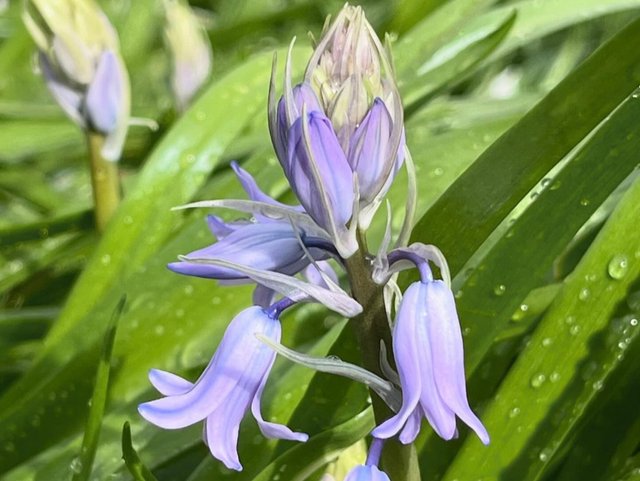
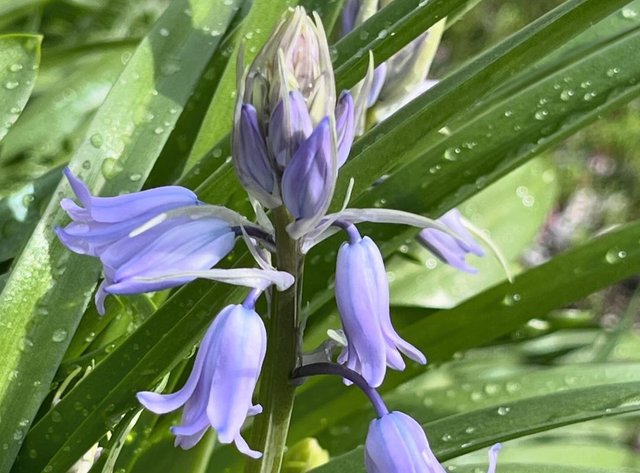
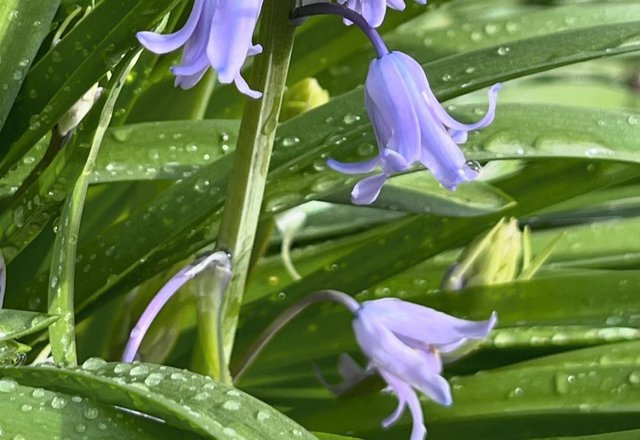
Throughout history, the common bluebell has been steeped in symbolism and folklore, earning it a place in the hearts and minds of many cultures. In the language of flowers, bluebells are often associated with gratitude and humility, evoking sentiments of appreciation and reverence for the natural world. In Celtic mythology, they are believed to possess magical properties, with folklore tales telling of enchanted bluebell woods where fairies dwell among the blossoms. Whether viewed as a symbol of gratitude, humility, or enchantment, the common bluebell holds a special place in the collective imagination.
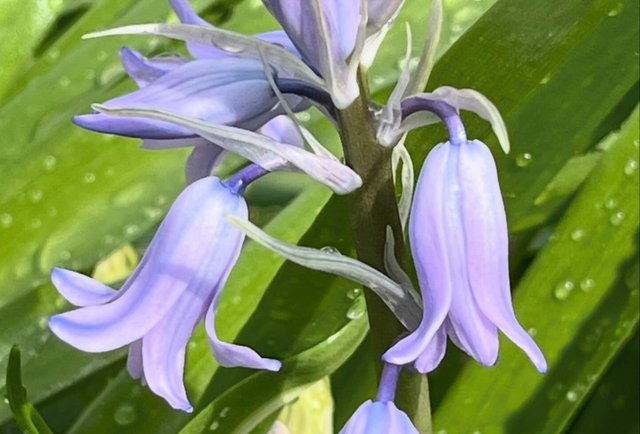
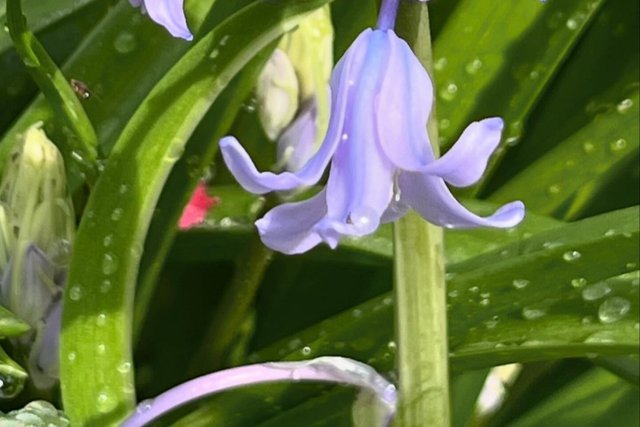
Beyond their aesthetic appeal and cultural significance, common bluebells play a vital role in their ecosystems. As shade-tolerant plants, they thrive beneath the canopy of deciduous woodlands, where they form dense carpets that inhibit the growth of competing vegetation. This helps to maintain the delicate balance of woodland ecosystems by providing habitat and food sources for a variety of wildlife, including insects, birds, and small mammals. Additionally, the nectar-rich flowers of the common bluebell attract pollinators such as bees and butterflies, further contributing to biodiversity.